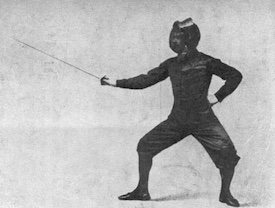You start with DSD VS PCM but end with 256 DSD VS 16/44.

You can find some tentative estimate for PCM equivalence in DSD, but that's all it is and even then, it's only about the resolution output for what's on the file and there is the question of the usually remaining important noise in the ultrasound range that arguably could end up creating a lot more 'spit in your water' if it's allowed to run into the analog elements of the playback chain.
But considering that DSD is more often than not, mixed and mastered in PCM, Is there even a point in making them fight? Personally, I never cared for DSD. I never saw the point in a stereo system, and I would rather have a DVD or actually Blu-ray for multichannel if possible. The times when I was interested in a master they had kept exclusive to DSD, my pure hatred for those marketing methods kept me from getting it. I don't believe all that much in voting, but I sure believe in voting with my wallet, so I get stubborn like that sometimes. ^_^
My opinion, and that's all it is because I don't have the means to properly test, never will, and I don't know if anybody will care enough to bother trying, I don't think DSD is the solution for those who aim strictly for the best fidelity. At some point, as DACs clearly tend to have embraced a solution of a handful of bits and high sample rate, I wonder if the files shouldn't also move in that direction. For optimal fidelity, for my listening experience, it's all the same to me in the sense that I'd rather put my money in the things that do have a significant impact instead of going crazy over the ultimate extra resolution no playback system or environment will ever achieve. Even as a purely objective purpose, there is such a thing as meaningless effort.
But if you're going to make it face 16/44, then DSD can achieve higher fidelity, and so can any higher PCM sample rate(if there actually is extra music data to put in those resolutions).























